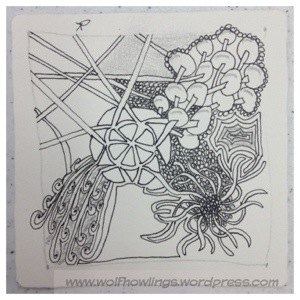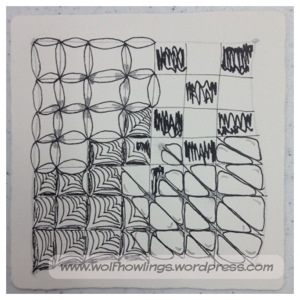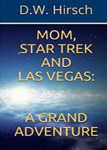“Begin at once to live, and count each separate day as a separate life.”~Seneca, Roman philosopher
The details. Do you ever really notice what is around you, the separate pieces that form a whole? Looking at a Zentangle, really studying it, you can appreciate the planned intricacies. Even if those intricate marks were unplanned, the detail is like discovering Where’s Waldo?
My current 10-series Zentangle workshop is designed for those who want to expand knowledge about one aspect or Zentangle as a whole. My most recent class was on Flow, which is the intertwining of tangles to create a unified piece where the strings are just suggestions. One of my students, Diana Kuykendall, is advancing her perspectives, which delights me as a teacher to no end.
Throughout my course series, she has studied Zentangles on the Internet and wondered how some artwork appears as one connected piece. Where is the string? Sometimes that is not easily defined, but it is easy once someone shows you.
Start with one tangle and everything else grows from there. Pay attention to where tangles are drawn, not just the tangles themselves. Both become equally important. When you break down the whole image just as you would the steps of a tangle, the individual details pop out. You can see where the tangles meet and how an artist chooses to combine them when they actually touch each other.
These images are two of her Zentangle art. Once I introduced how I combine my tangles, she could see it in her own art. In these class tiles, can you tell what her strings are? Do you see the individual tangles? Most likely you can and cannot. She found the perspective eye-opening, and I was reminded of the subtleties of Zentangle. Anything can flow together when you are deliberate. It’s all in the details.





 .
. ..
.. Jimmy the Burglar eBook
Jimmy the Burglar eBook